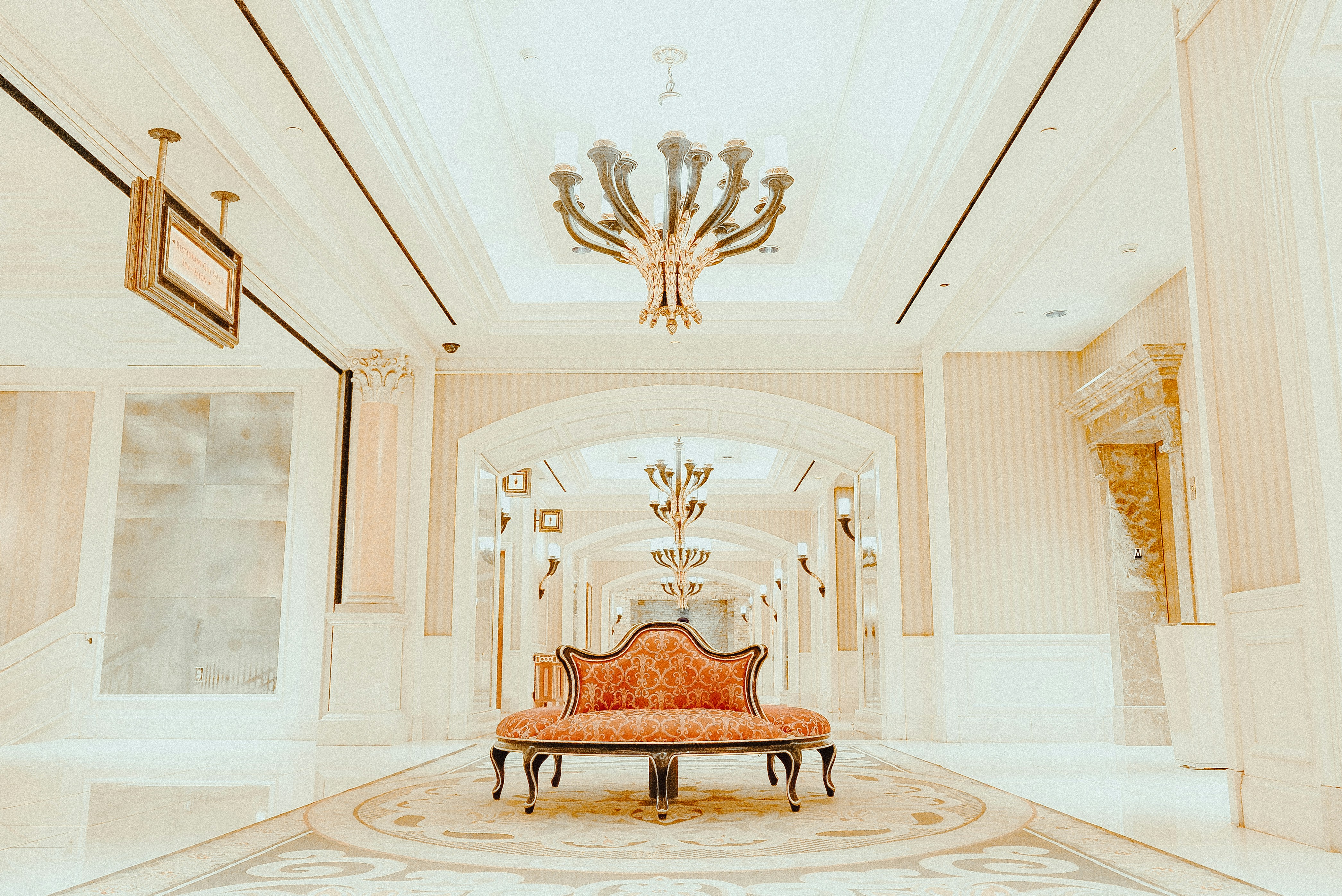
What is Luxury Style Interior Design?
Luxury style interior design is a sophisticated approach to creating living spaces that emphasize comfort, elegance, and exclusivity. This design style goes beyond mere decoration; it embodies a holistic vision that intertwines aesthetics with functionality. At its core, luxury design utilizes high-quality materials and exquisite craftsmanship, ensuring every detail exudes refinement.
Key Elements of Luxury Interior Design
One of the hallmarks of luxury style interior design is the careful selection of materials. Designers often opt for premium textiles like silk, velvet, and leather, enhancing the opulence of the space. Furthermore, natural elements such as marble, hardwood, and stone are frequently incorporated, contributing to an atmosphere of grandeur. Lighting, another crucial aspect, plays a significant role in shaping the ambiance, utilizing elegant fixtures that serve as both functional and decorative pieces.
Creating a Luxury Interior
Creating a luxury interior requires a deep understanding of the balance between style and comfort. Open spaces with high ceilings are favored, and the arrangement of furniture is meticulously planned to promote both flow and intimacy. Personalization is vital; luxury design allows for unique design choices that reflect the homeowner’s personality. Artwork, accessories, and bespoke furniture pieces contribute to the overall aesthetic, making each luxury interior completely distinctive.
In conclusion, luxury style interior design is more than just visual appeal; it creates an extraordinary living experience. By emphasizing quality, comfort, and exclusivity, a luxury interior represents a personal haven, showcasing the best of what interior design has to offer.
Luxury interior design is more than just a style; it’s a philosophy and a process that prioritizes bespoke quality, refined details, and a seamless, personalized experience.1 It transcends fleeting trends and focuses on creating a timeless, comfortable, and sophisticated environment that is a true reflection of the homeowner’s lifestyle and taste.2
Here are the core principles and key elements that define luxury interior design:
1. The Foundation: A Bespoke and Personalized Approach3
Unlike standard design, luxury interior design is highly customized.4 It begins with an in-depth understanding of the client’s needs, desires, and daily routines.5 The goal is to create a one-of-a-kind space that is not only beautiful but also perfectly functional for the people who live in it.6 This means:
- Customization: Every element, from the layout to the furniture and finishes, is tailored to the space and the client.7
- Attention to Detail: No detail is overlooked.8 The quality of stitching on a sofa, the finish on a cabinet handle, and the texture of a rug are all carefully considered.9
- Cohesive Vision: A luxury designer creates a unified vision for the entire space, ensuring that every room flows seamlessly into the next, creating a harmonious and sophisticated atmosphere.10
2. Key Elements of a Luxury Space
- High-Quality Materials: This is a cornerstone of luxury design.11 Instead of imitation materials, luxury interiors use authentic, high-end materials that are durable and age beautifully.
- Natural Stone: Imported Italian marble, granite, and onyx for countertops, flooring, and wall panels.
- Fine Wood: Solid hardwood, exotic veneers, and custom millwork.
- Rich Textiles: Sumptuous fabrics like silk, velvet, cashmere, and high-thread-count linens.12
- Metals: Accents in brass, gold, bronze, or polished chrome.13
- Exceptional Lighting: Lighting in luxury design is both functional and artistic.14 It’s used to create mood, highlight architectural features, and showcase art.15
- Layered Lighting: A combination of general, accent, and ambient lighting.16
- Statement Fixtures: Large, sculptural chandeliers, custom pendant lights, and elegant wall sconces that act as focal points.17
- Smart Technology: Integrated lighting systems that can be controlled remotely to adjust brightness and color temperature.18
- Bespoke Furniture and Decor: High-end design moves away from mass-produced items in favor of handcrafted and custom pieces.19
- Artisanal Pieces: Hand-carved furniture, hand-blown glass, and commissioned art pieces.20
- Quality Over Quantity: The philosophy of “less is more” is often applied, with a few high-quality, impactful pieces chosen over a large number of lower-quality items.21
- Smart Integration: Modern luxury interiors seamlessly integrate technology into the design, making life more convenient and comfortable without visible clutter.22
- Home Automation: Automated lighting, climate control, and security systems.23
- Hidden Technology: TVs that retract into the ceiling, speakers that are built into walls, and charging stations concealed in furniture.
- Comfort and Wellness: Luxury design prioritizes the well-being of the inhabitants.24
- Ergonomics: Furniture is not just beautiful but also designed for comfort and support.
- Spatial Planning: Spaces are designed to feel open and airy, with a focus on flow and functionality.25
- Biophilic Design: Incorporating natural light, plants, and organic materials to create a connection to nature.26
3. The Experience of Luxury
Beyond the physical elements, luxury design is about the entire experience.27 This includes:
- Seamless Project Management: A luxury designer manages the entire project from start to finish, coordinating with architects, contractors, and vendors to ensure a smooth and stress-free process.28
- Exclusive Access: Designers have access to a network of exclusive vendors and artisans, allowing them to source materials and pieces that are not available to the general public.29
- Timelessness: Luxury design is not about following fleeting trends.30 It’s about creating a timeless space that will remain elegant and relevant for years to come.31